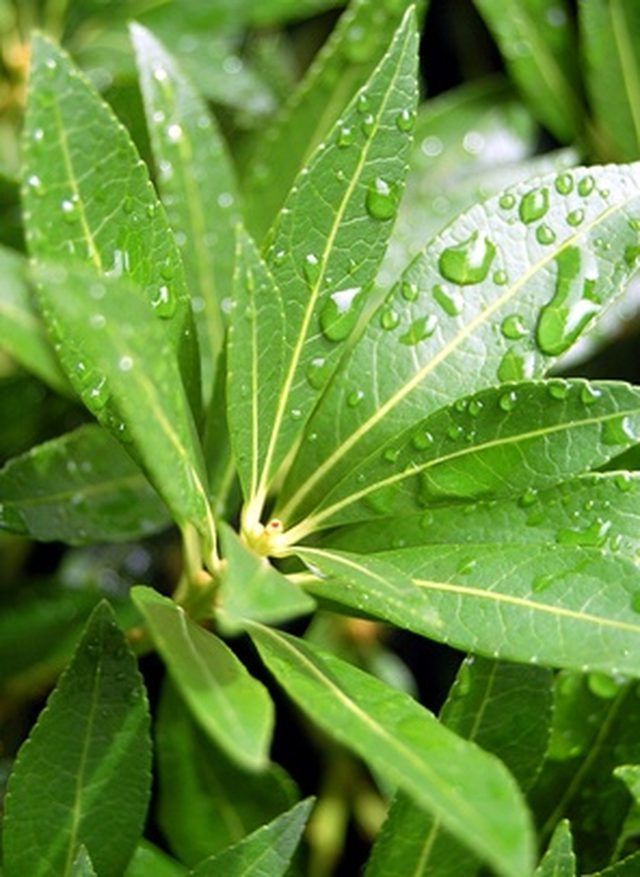Bulbs
Flower Basics
Flower Beds & Specialty Gardens
Flower Garden
Garden Furniture
Garden Gnomes
Garden Seeds
Garden Sheds
Garden Statues
Garden Tools & Supplies
Gardening Basics
Green & Organic
Groundcovers & Vines
Growing Annuals
Growing Basil
Growing Beans
Growing Berries
Growing Blueberries
Growing Cactus
Growing Corn
Growing Cotton
Growing Edibles
Growing Flowers
Growing Garlic
Growing Grapes
Growing Grass
Growing Herbs
Growing Jasmine
Growing Mint
Growing Mushrooms
Orchids
Growing Peanuts
Growing Perennials
Growing Plants
Growing Rosemary
Growing Roses
Growing Strawberries
Growing Sunflowers
Growing Thyme
Growing Tomatoes
Growing Tulips
Growing Vegetables
Herb Basics
Herb Garden
Indoor Growing
Landscaping Basics
Landscaping Patios
Landscaping Plants
Landscaping Shrubs
Landscaping Trees
Landscaping Walks & Pathways
Lawn Basics
Lawn Maintenance
Lawn Mowers
Lawn Ornaments
Lawn Planting
Lawn Tools
Outdoor Growing
Overall Landscape Planning
Pests, Weeds & Problems
Plant Basics
Rock Garden
Rose Garden
Shrubs
Soil
Specialty Gardens
Trees
Vegetable Garden
Yard Maintenance
Why Do Mushrooms Grow in Potted Plants?
Why Do Mushrooms Grow in Potted Plants?. You may have noticed little yellow mushrooms sprouting from the soil of your houseplants. Houseplants and mushrooms prefer similar living conditions: warm, moist soil and humid air. While they may be unsightly, the truth is that these kinds of mushrooms, saprophytes, actually break down dead organic matter,...

You may have noticed little yellow mushrooms sprouting from the soil of your houseplants. Houseplants and mushrooms prefer similar living conditions: warm, moist soil and humid air. While they may be unsightly, the truth is that these kinds of mushrooms, saprophytes, actually break down dead organic matter, which can benefit your plant. There is no need to remove them unless they risk being eaten.
A Mushroom Is...
A mushroom is the reproductive structure of a fungus, where it holds all its spores. Mycelium is the fungus that sprouts the mushrooms; it is located in the soil. The yellow parasol is the saprophyte that breaks down dead organic matter in the soil.
These Mushrooms Are...
Iowa State University identifies the most common houseplant mushrooms as Lepiota lutea, also known as yellow parasol or flowerpot parasol, because of its frequent appearance in flowerpots. It is lemon yellow-colored and one to three inches tall with a one to two inch bell-shaped cap. It may grow singly or in clusters. These mushrooms can grow all year long, but may be more frequent in warm weather, when conditions are warm and humid and the soil is regularly moist.
How Did They Get There?
The fungus was probably introduced in the potting soil. It is not harmful unless eaten, in which case it is poisonous. It in unnecessary to remove the mushrooms, unless they are really bothering you or you fear they may be eaten by a child or a pet.
Kill the Spores
Remove the caps to remove the source of the reproductive spores and stop the spread of the mushrooms to other houseplants. You might also try scraping away the top two inches of the soil and replacing it with new, clean soil. There is a chance that the fungus may regrow if you choose to scrape the soil.
Change the Conditions
Change the conditions of the soil. Provide an environment with less humidity, moisture and warmth. Be aware that although this plan of action may make a less hospitable environment for the mushrooms, it also threatens the health of the plant, which happens to like the same conditions as mushrooms.
Change the Soil
You can try to change the soil, but this is risky because there is a good chance of root stress, since roots are not meant to be washed of their soil. If you decide to change the soil, understand that there is a good chance some of the fungus will cling to the roots and reproduce in the new soil.